Daria Kravchuk
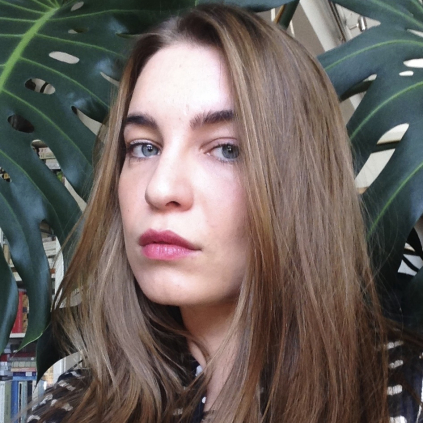
Works
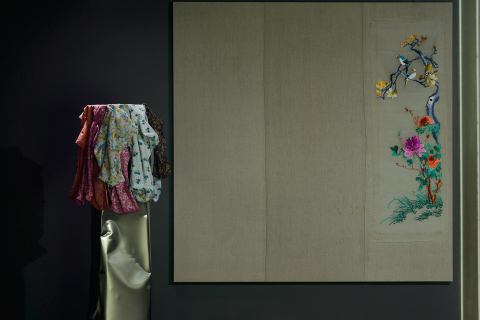
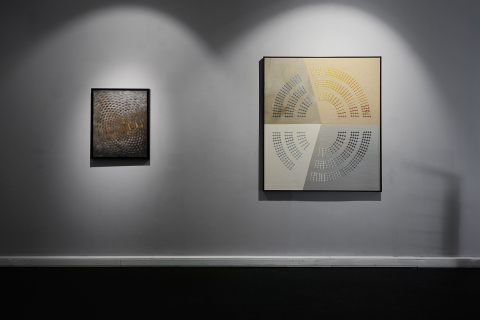



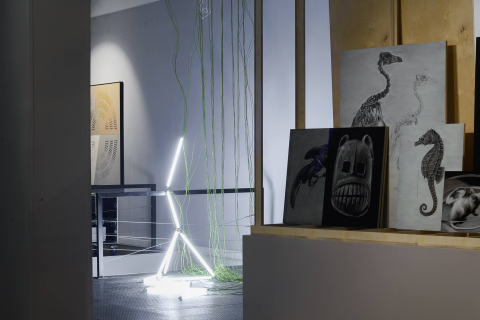

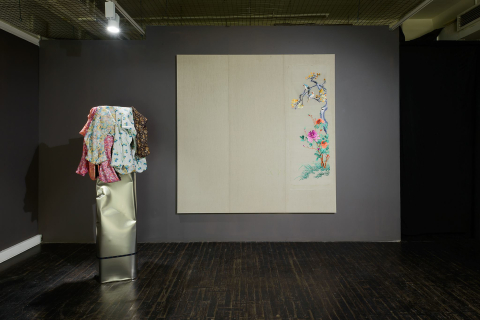
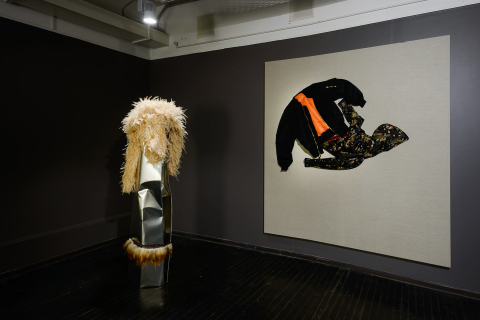










EXTENSION.NL. MODEL OF CONSENSUS
2018Triumph GalleryNetherlandsQuestions about cultural identity and normative ‘national’ values are becoming an issue in political and cultural debate in the Netherlands nowadays. More and more artists are looking at art as at the mean which can provide alternative ways of contemplating contemporary society.
Lots of Dutch artists tend to put their ideas of national identity under pressure and to examine and challenge the processes of inclusion and exclusion in the Netherlands today. As questions of cultural identity and national values become even more of an issue in cultural sphere, the concept behind Extension.nl. Model for Consensus exhibition is to move the agenda of multiculturalism from notions of toleration and difference towards building a shared but agonistic democracy on a cultural level through the use of one of the few remaining public sphere institutions left to us, the art institution. In our case – Triumph...

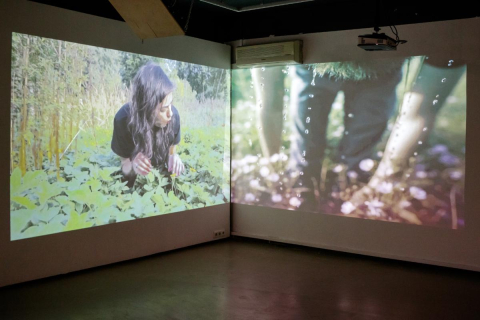
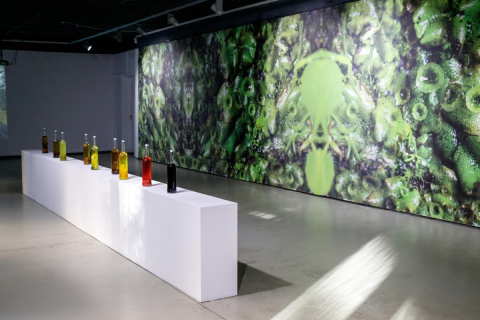
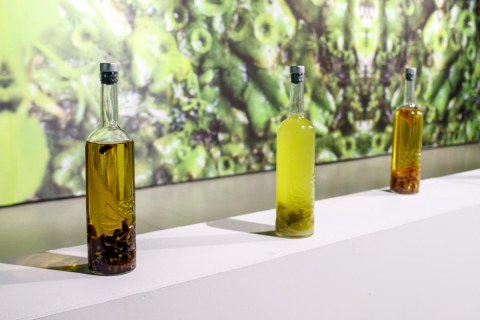





EXCEPTS FROM CORRESPONDENCE WITH FRIENDS
Installation view PERESVETOV PEREULOK GALLERY 2018Exhibition Excerpts From Correspondence With Friends by the Russian artist Anastasia Potemkina’s was opened in the gallery Peresvetov Pereulok in Moscow. It presented the continuation of the artistic research, which Potemkina began in the Triumph gallery in Moscow in September 2016 (exhibition Bad Seed Renaissance), and continued in Pavilleon in Zurich in October 2016.
Anastasia Potemkina works with a variety of means of conveying the image: from drawing and photography to stage performance with actors and sound installations. In her artistic practice one of the important areas of research is associated with wild urban plants which interest the artist from the sociological point of view – as a projection of a marginal part of society which is not protected by any social guarantees, which literally exists on the sidelines, outside...
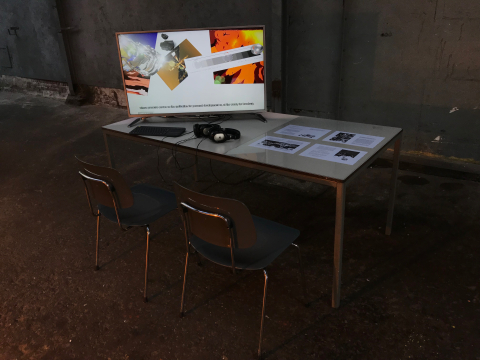
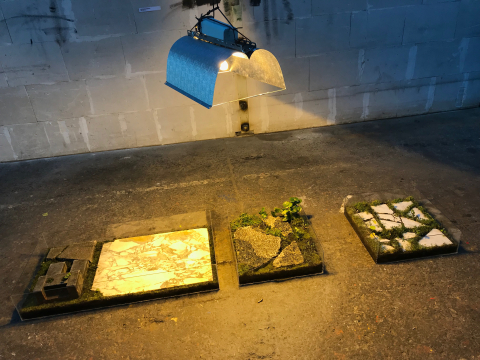

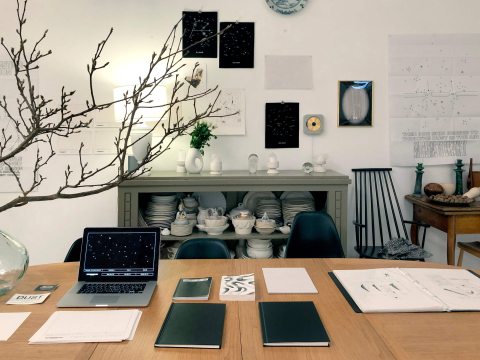
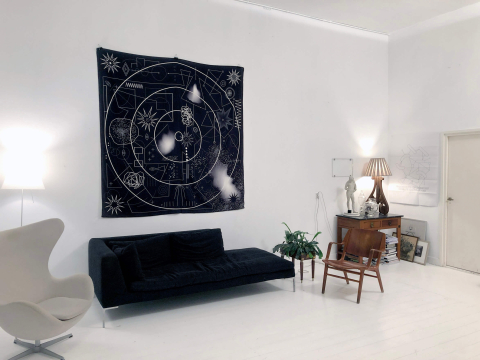
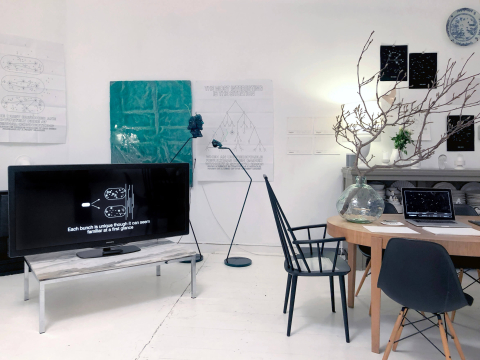
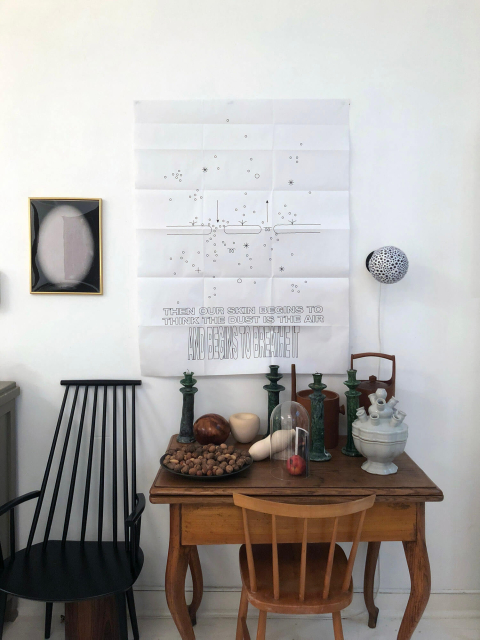








First Person
Amsterdam 2017First Person presents the work of eight Russian artists, born in the last decade of the Soviet Union and grown up in post-soviet space. Their practice consists of different media, from video-art to installation, performance and post-internet art.
The exhibition took place on three locations in Amsterdam: a gallery space in
the center, close to central station; an old factory hall in the North of the city; in public space, on the ferry connecting the two parts of the city and the exhibition...


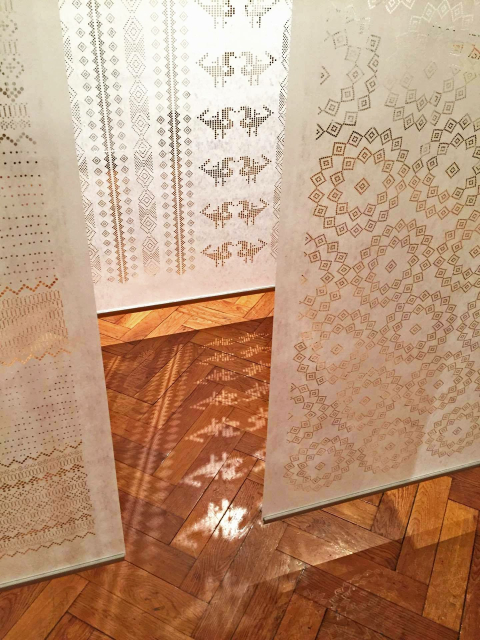
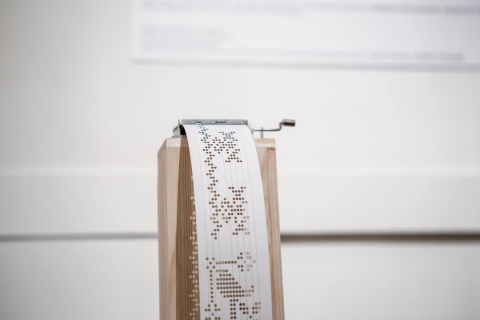
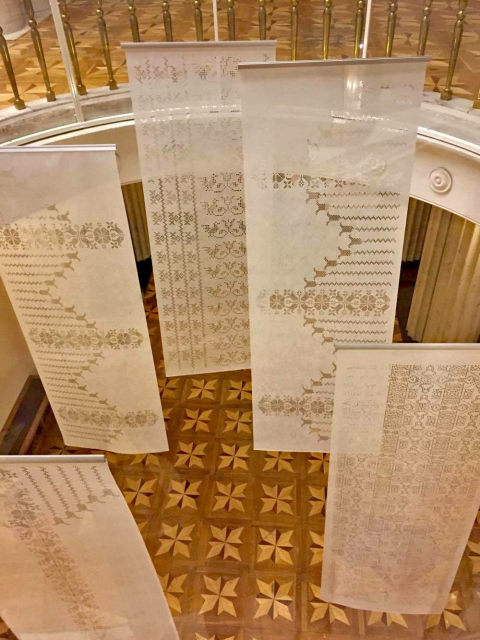






Soundweaving
For her SoundWeaving project, Jeanette Szirmay used a laser-cutting machine to create holes along lengths of fabric, forming patterns that mimic old textile motifs from parts of eastern Europe.
The strips of material serve as bands for the music box, translating the patterns into melodies. The punchcards are forced past the 20 teeth of a comb inside the metal music box using a series of cogwheels and a manual crank. When each tooth is caught and released by a corresponding hole, it creates a different musical note...

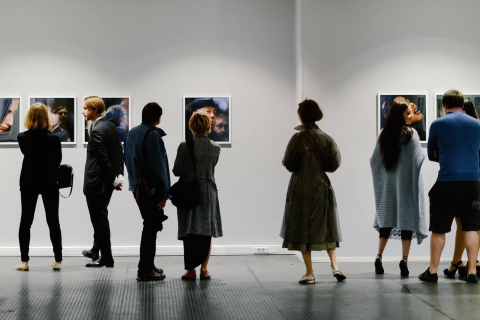
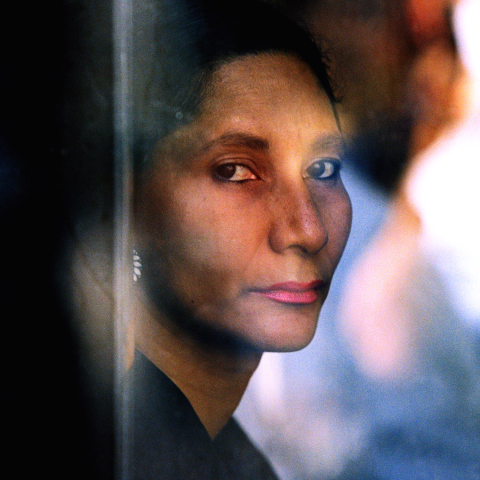
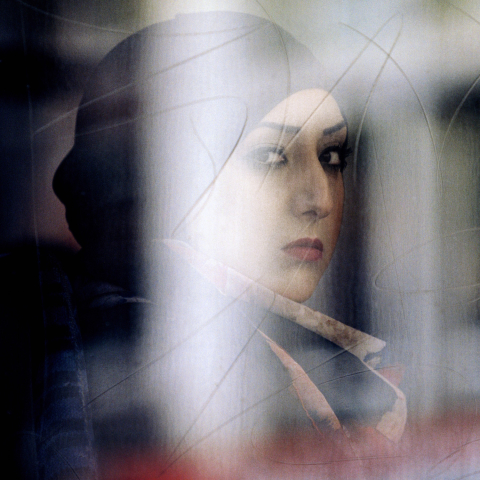





Face to Face
2017Six consecutive years Menno Otten stood at one and the same place on the busiest square of his mother city to look and see. Tucked into the anonymous, rushed crowds, he captured people, strangers, always sitting behind the same window of the trams coming and going. What was he looking for?
Fascinated by the smallest details, Otten photographs so close that it feels as if we can touch the people in the photos; it seems like the photographer perceives with his fingertips. At the same time these people are untouchable, far away, disappeared within themselves, and yet he is after the utmost intimacy, like a lover who for the fist time watches his beloved awaken, quietly holding his breath. It is a paradoxical site: at the nosiest point of the city somebody catches the deepest solitary silence...
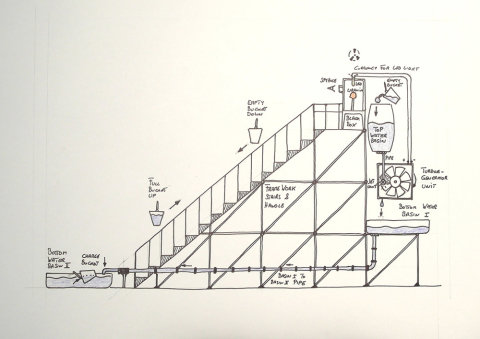
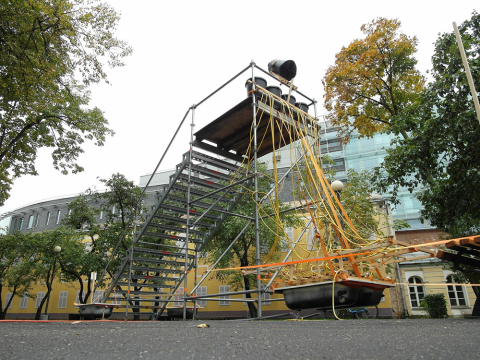



KRFTWRK
MUSEUM OF DECORATIVE AND APPLIED ARTS, 2013Following the successful co-operation between the BMUKK and the Cultural Forum in Moscow during the
4th Moscow Biennale in 2011, this is another joint venture as part of the 5th Moscow Biennale. KRFTWRK Moscow is a cross-media project incorporating installation, architecture, digital media and the visual arts. The installation is designed to represent a storage power plant operated by people.
A common theme running through the works of Rainer Prohaska is his passion for experimenting with processes of everyday life. His creative output showcases processes in which there is now a deficit of passion and attention on the part of the people involved. In recent years these hands-on, interactive works addressing processes such as cooking, mobility or the erection of edifices have been on show in Toronto (Luminato Festival), Los Angeles (MAK-Center), Beijing, Seoul, New Delhi, New York and Vienna. His work method rarely comprises the quality of a finished and definitive state; rather, the fun and pleasure...



















EXTENSION.NL. MODEL OF CONSENSUS
2018Triumph GalleryNetherlandsQuestions about cultural identity and normative ‘national’ values are becoming an issue in political and cultural debate in the Netherlands nowadays. More and more artists are looking at art as at the mean which can provide alternative ways of contemplating contemporary society.
Lots of Dutch artists tend to put their ideas of national identity under pressure and to examine and challenge the processes of inclusion and exclusion in the Netherlands today. As questions of cultural identity and national values become even more of an issue in cultural sphere, the concept behind Extension.nl. Model for Consensus exhibition is to move the agenda of multiculturalism from notions of toleration and difference towards building a shared but agonistic democracy on a cultural level through the use of one of the few remaining public sphere institutions left to us, the art institution. In our case – Triumph...









EXCEPTS FROM CORRESPONDENCE WITH FRIENDS
Installation view PERESVETOV PEREULOK GALLERY 2018Exhibition Excerpts From Correspondence With Friends by the Russian artist Anastasia Potemkina’s was opened in the gallery Peresvetov Pereulok in Moscow. It presented the continuation of the artistic research, which Potemkina began in the Triumph gallery in Moscow in September 2016 (exhibition Bad Seed Renaissance), and continued in Pavilleon in Zurich in October 2016.
Anastasia Potemkina works with a variety of means of conveying the image: from drawing and photography to stage performance with actors and sound installations. In her artistic practice one of the important areas of research is associated with wild urban plants which interest the artist from the sociological point of view – as a projection of a marginal part of society which is not protected by any social guarantees, which literally exists on the sidelines, outside...















First Person
Amsterdam 2017First Person presents the work of eight Russian artists, born in the last decade of the Soviet Union and grown up in post-soviet space. Their practice consists of different media, from video-art to installation, performance and post-internet art.
The exhibition took place on three locations in Amsterdam: a gallery space in
the center, close to central station; an old factory hall in the North of the city; in public space, on the ferry connecting the two parts of the city and the exhibition...











Soundweaving
For her SoundWeaving project, Jeanette Szirmay used a laser-cutting machine to create holes along lengths of fabric, forming patterns that mimic old textile motifs from parts of eastern Europe.
The strips of material serve as bands for the music box, translating the patterns into melodies. The punchcards are forced past the 20 teeth of a comb inside the metal music box using a series of cogwheels and a manual crank. When each tooth is caught and released by a corresponding hole, it creates a different musical note...









Face to Face
2017Six consecutive years Menno Otten stood at one and the same place on the busiest square of his mother city to look and see. Tucked into the anonymous, rushed crowds, he captured people, strangers, always sitting behind the same window of the trams coming and going. What was he looking for?
Fascinated by the smallest details, Otten photographs so close that it feels as if we can touch the people in the photos; it seems like the photographer perceives with his fingertips. At the same time these people are untouchable, far away, disappeared within themselves, and yet he is after the utmost intimacy, like a lover who for the fist time watches his beloved awaken, quietly holding his breath. It is a paradoxical site: at the nosiest point of the city somebody catches the deepest solitary silence...





KRFTWRK
MUSEUM OF DECORATIVE AND APPLIED ARTS, 2013Following the successful co-operation between the BMUKK and the Cultural Forum in Moscow during the
4th Moscow Biennale in 2011, this is another joint venture as part of the 5th Moscow Biennale. KRFTWRK Moscow is a cross-media project incorporating installation, architecture, digital media and the visual arts. The installation is designed to represent a storage power plant operated by people.
A common theme running through the works of Rainer Prohaska is his passion for experimenting with processes of everyday life. His creative output showcases processes in which there is now a deficit of passion and attention on the part of the people involved. In recent years these hands-on, interactive works addressing processes such as cooking, mobility or the erection of edifices have been on show in Toronto (Luminato Festival), Los Angeles (MAK-Center), Beijing, Seoul, New Delhi, New York and Vienna. His work method rarely comprises the quality of a finished and definitive state; rather, the fun and pleasure...



















EXTENSION.NL. MODEL OF CONSENSUS
2018Triumph GalleryNetherlandsQuestions about cultural identity and normative ‘national’ values are becoming an issue in political and cultural debate in the Netherlands nowadays. More and more artists are looking at art as at the mean which can provide alternative ways of contemplating contemporary society.
Lots of Dutch artists tend to put their ideas of national identity under pressure and to examine and challenge the processes of inclusion and exclusion in the Netherlands today. As questions of cultural identity and national values become even more of an issue in cultural sphere, the concept behind Extension.nl. Model for Consensus exhibition is to move the agenda of multiculturalism from notions of toleration and difference towards building a shared but agonistic democracy on a cultural level through the use of one of the few remaining public sphere institutions left to us, the art institution. In our case – Triumph...